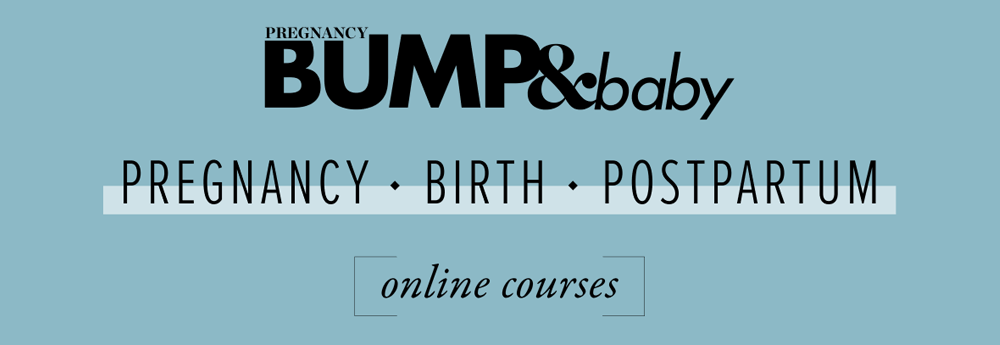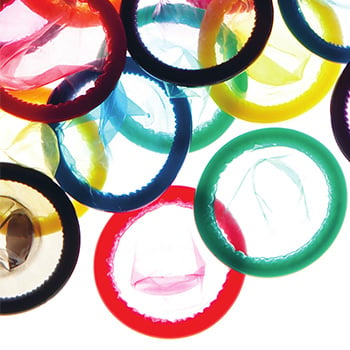
Whether you’re having a planned Caesarean or an unexpected one, these tips for recovery will help with a speedy recovery, explains Tiffany Brown.
What happens after the surgery?
Answer: The typical hospital stay after C-section surgery is 3-5 days. As the anaesthesia wears off, pain may interfere with oxytocin production, so it’s important to manage your pain to allow for successful breastfeeding. You may be given pain relief via a self-dosing pump through your IV drip. Midwives will be available to help you with breastfeeding, and you can begin as soon as you feel up to it. Post-surgery medications will be prescribed with breastfeeding in mind. Soon after the operation, you’ll be encouraged to move and walk around in order to speed up recovery, prevent constipation, and avoid blood clots. Your incision site will be monitored for any signs of post-operative infection. Your fluid intake, bladder and bowel function will also be monitored.
Tips for a quick recovery (after C-section surgery)
- Rest as much as possible. Avoid lifting (lift nothing heavier than your baby) and get as much help with housework and baby care as you can. Your body’s focus will be on repairing your wound site, recovering from the anaesthetic and other medications administered during the surgery and, of course, feeding your baby. The housework can wait.
- Support your tummy. A pregnancy belt will give you good support.
- Drink lots of fluids, especially water. This will help replace fluid lost during the operation, and is essential for breastfeeding, as well as preventing constipation. Other edible constipation remedies are kiwifruit, psyllium husk, and prunes.
- Eat a healthy diet. You’ll need plenty of energy to recover from surgery and feed your baby. Include fruits and vegetables, lean proteins, and healthy fats, as well as lots of slow-release carbohydrates for energy, like whole grains, potatoes, and root vegetables.
- Take medication for pain relief. It’s better for you and your baby, particularly for breastfeeding, that you are not in pain.
- Check with your doctor about supplementing your iron, and vitamins B, C, and D levels. With your body fighting to regain its strength, you might need some extra nutritional help.
What about when I go home?
Answer: To aid in your recovery, it’s a good idea to get some help. Maximise whatever employment leave your partner can manage, and take up offers of help from family and friends. You mustn’t lift anything heavier than your baby for a couple of weeks. It’s also important not to drive for at least two weeks, and don’t start to exercise again for four to six weeks.
Want to know what to expect if you have a C-section?
BUMP&baby
BUMP & baby is New Zealand’s only magazine for pregnancy and early babyhood. Our team of mums and mums-to-be understand what it’s like to be pregnant in this connected age, and that’s why BUMP & Baby online is geared toward what pregnant women and new mums really want to know.
Other articles of interest
11 Contraception Choices For Post Birth
After baby arrives, it’s time to think about contraception. Family Planning New Zealand (familyplanning.org.nz) shares info on your options
VTech BM3500 Baby Monitor
Stay close to your little one no matter where you are in your home! With the VTech BM3500 Safe & Sound Pan & Tilt Full Colour Video & Audio Monitor, you can hear every sound your baby makes, and watch every step they take







